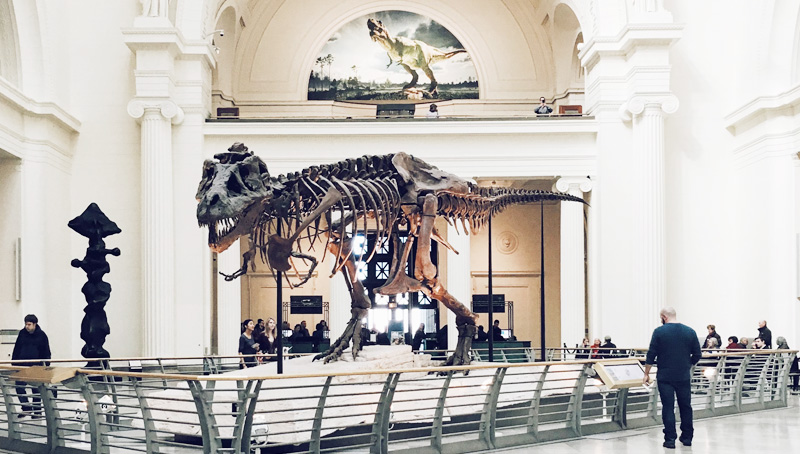Monitoring Air Quality in Museums to Protect Their Artwork
Museums are not just storehouse of art and history; they are sanctuaries where priceless artifacts are preserved for future generations to admire and learn from. Behind the scenes, however, museums face a silent threat that can potentially degrade these treasures over time: air pollutants. The air within museum walls can contains various contaminants that, if left unchecked, can harm delicate artworks, manuscripts, and historical artifacts.
Air Pollutants Found within Museums
Despite efforts to maintain a controlled environment, museums are not immune to air pollutants. Common pollutants found within museum spaces include carbon dioxide (CO2), particulate matter (PM), volatile organic compounds (VOCs), and variations in temperature and humidity levels. These pollutants can originate from various sources, including outdoor air pollution, building materials, cleaning products, and even visitors.
Why Air Quality Within Museums Matters
The presence of pollutants in museum environments poses a significant risk to the integrity and longevity of artworks. For example, high levels of particulate matter can settle on surfaces, leading to discoloration and deterioration of paintings and sculptures. Fluctuations in temperature and humidity can cause materials to expand and contract, leading to structural damage. Additionally, VOCs emitted from materials like paints and adhesives can contribute to the degradation of organic materials.
WHAT CAN MUSEUMS DO TO Improve AIR QUALITY?
To mitigate the impact of air pollutants on their collections, museums must take proactive measures to improve air quality within their premises. This includes implementing proper ventilation systems, using low-emission building materials, and minimizing the use of harsh cleaning agents. However, one of the most effective ways to monitor and maintain air quality is through the use of advanced air quality monitoring solution like HibouAir.
HOW MUSEUMS CAN USE AIR QUALITY MONITORS
Air quality monitoring solution, such as the innovative HibouAir, offer museums the ability to track and analyze key environmental parameters in real-time. Equipped with a range of sensors including CO2, PM1.0, PM10, PM2.5, pressure, temperature, humidity, and VOC, HibouAir provides comprehensive data on indoor air quality. This solution offer not only real-time data but also access to historical data through a smart air quality monitoring dashboard. This dashboard provides interactive data visualization, allowing museum staff to analyze trends and patterns over time. Moreover, using AI-based decision-making algorithms, HibouAir assists in better understanding the complex interactions between various environmental factors and their impact on artworks. Additionally, HibouAir provides real-time alerts, enabling prompt responses to any deviations from optimal air quality conditions.
By applying these advanced features, museums can make informed decisions to protect their collections and ensure a conducive environment for both preservation and visitor experience. For example, if elevated levels of particulate matter are detected, museum staff can take immediate action to enhance filtration systems or adjust display settings to minimize exposure. Similarly, fluctuations in temperature and humidity can be addressed promptly to prevent damage to sensitive materials.
In conclusion, protecting the air quality within museums is essential for safeguarding priceless artworks and artifacts for future generations. By utilizing advanced air quality monitoring solution like HibouAir, museums can take proactive steps to maintain optimal environmental conditions and ensure the longevity of their collections. With the right tools and strategies in place, museums can continue to inspire and educate audiences for years to come.
Get Air quality monitoring solution for museum
